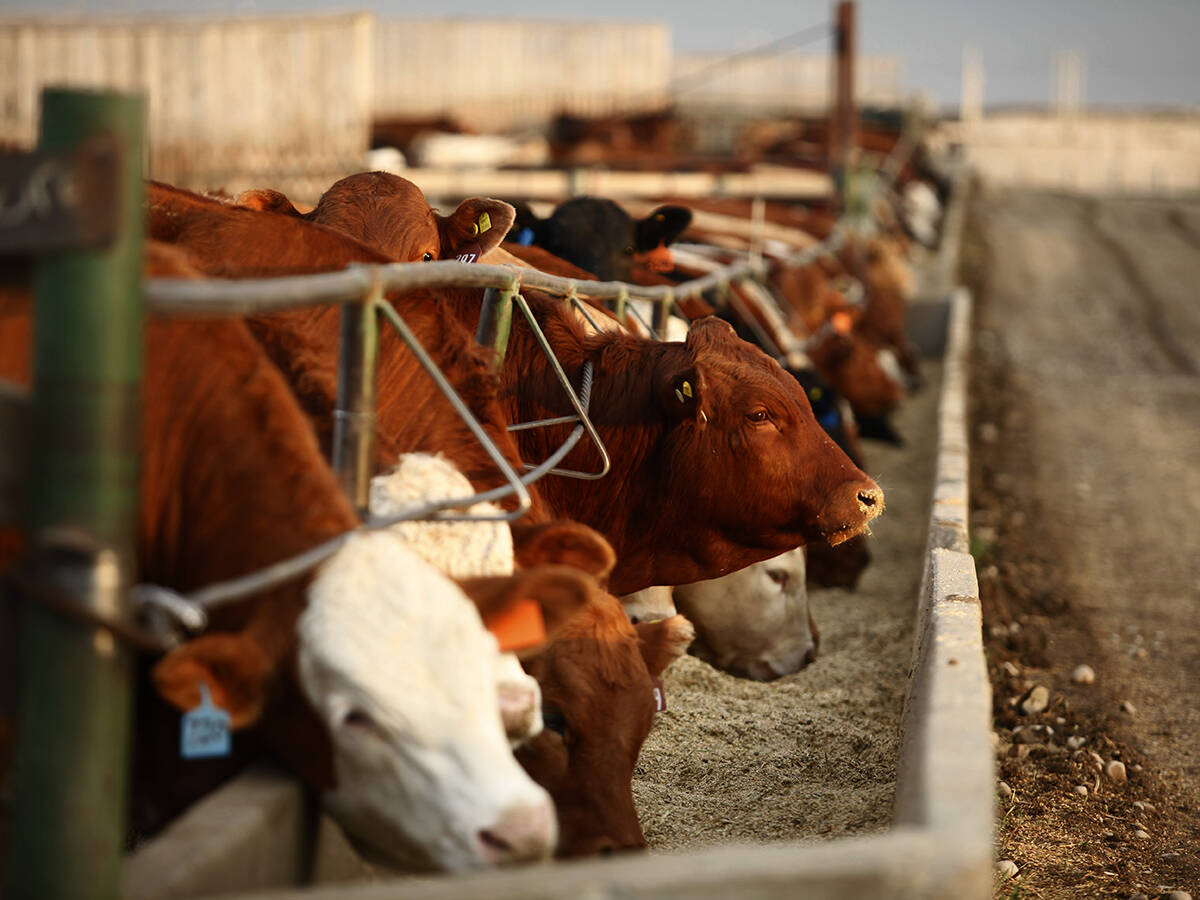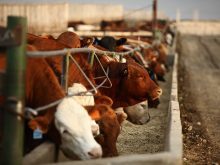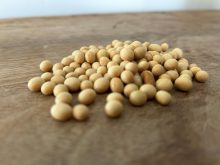U.S. live cattle futures notched their biggest one-day percentage gain in 3-1/2 months on Monday, driven by a wintry weather outlook for the U.S. central Plains that could interrupt beef production in the region, analysts and traders said.
Snow is expected to move into the north-central part of the country on Wednesday, leaving as much as six to 12 inches in the region by Thursday, said Global Weather Monitoring meteorologist John Dee.
Market advances propelled the December contract beyond the key 100- and 200-day moving average resistance convergence level of 127.23 cents, which triggered additional buying.
Read Also

U.S. livestock: Cattle extend gains on improving cash prices, packer demand
Reuters — Chicago Mercantile Exchange live cattle futures set a three-week high and feeder cattle hit their highest level in…
Spot December cattle closed up 2.1 cents per pound, or 1.65 per cent, at 129 cents (all figures US$).
Also, fewer deliveries may be reported by the CME after prices for dressed-basis cattle in the northern Plains last Friday finished stronger than expected, a trader said.
Last week, cash cattle in the U.S. Plains moved at $124-$124.50 per hundredweight (cwt), steady to up 50 cents from the week before. But dressed cattle in Nebraska late on Friday traded at $200/cwt, mostly $3 higher than the previous week.
Most actively traded February ended 0.9 cent higher, or up 0.68 per cent, at 133.5 cents.
February futures rose to their highest point in nine months, bolstered by expectations for tighter cattle numbers in 2013 due to expensive feed costs in the wake of persistent drought in parts of the country.
Investors await this week’s cash cattle sales, particularly after a major packer idled its plants on Monday with the intention of making up the downtime later this week, an analyst said.
Packers on Monday slaughtered 99,000 head of cattle. It was the first time that packers processed fewer than 100,000 head of cattle on days other than a weekend or holiday since Dec. 17, 2007.
Rather than purchase cattle on the cash market, some packers may intentionally curb slaughter rates and rely on inventories to realign their margins and boost wholesale beef values.
Also, processors are purchasing animals for next week, which will be shortened by at least one workday because of the Christmas holiday on Dec. 25.
The wholesale price for choice beef Monday was $194.86/cwt, up 17 cents from Friday; the select price was $174.45, up 89 cents, said USDA.
HedgersEdge.com put the average beef packer margin for Monday at a negative $28.50 per head, compared with a negative $29.38 on Friday and a negative $69.45 on Dec. 10.
CME feeder cattle traded in line with the higher live cattle market and weaker corn prices.
January closed 1.175 cents/lb. higher, gaining 0.77 per cent, at 154.25 cents. March settled 1.225 cents higher, or 0.79 per cent, to 156.25 cents.
Hogs drop with cash
Hog futures moved lower after packers cut cash hog bids as their margins slipped into the red, analysts and traders said.
Next week’s holiday-shortened work week will limit packer need for hogs.
Hog supplies may also overwhelm demand as producers in the Plains move animals before a winter storm arrives at midweek, creating a glut of hogs in the near term.
February hog futures settled at 84.750 cents/lb., down 0.65 cent, or 0.76 per cent. April finished at 89.8 cents/lb., 0.6 cent lower, or down 0.66 per cent.
The government on Monday showed the average hog price in the most-watched Iowa/Minnesota market at $79.87/cwt, 97 cents lower than Friday.
— Theopolis Waters writes for Reuters from Chicago. Additional reporting for Reuters by Mike Hirtzer in Chicago.














